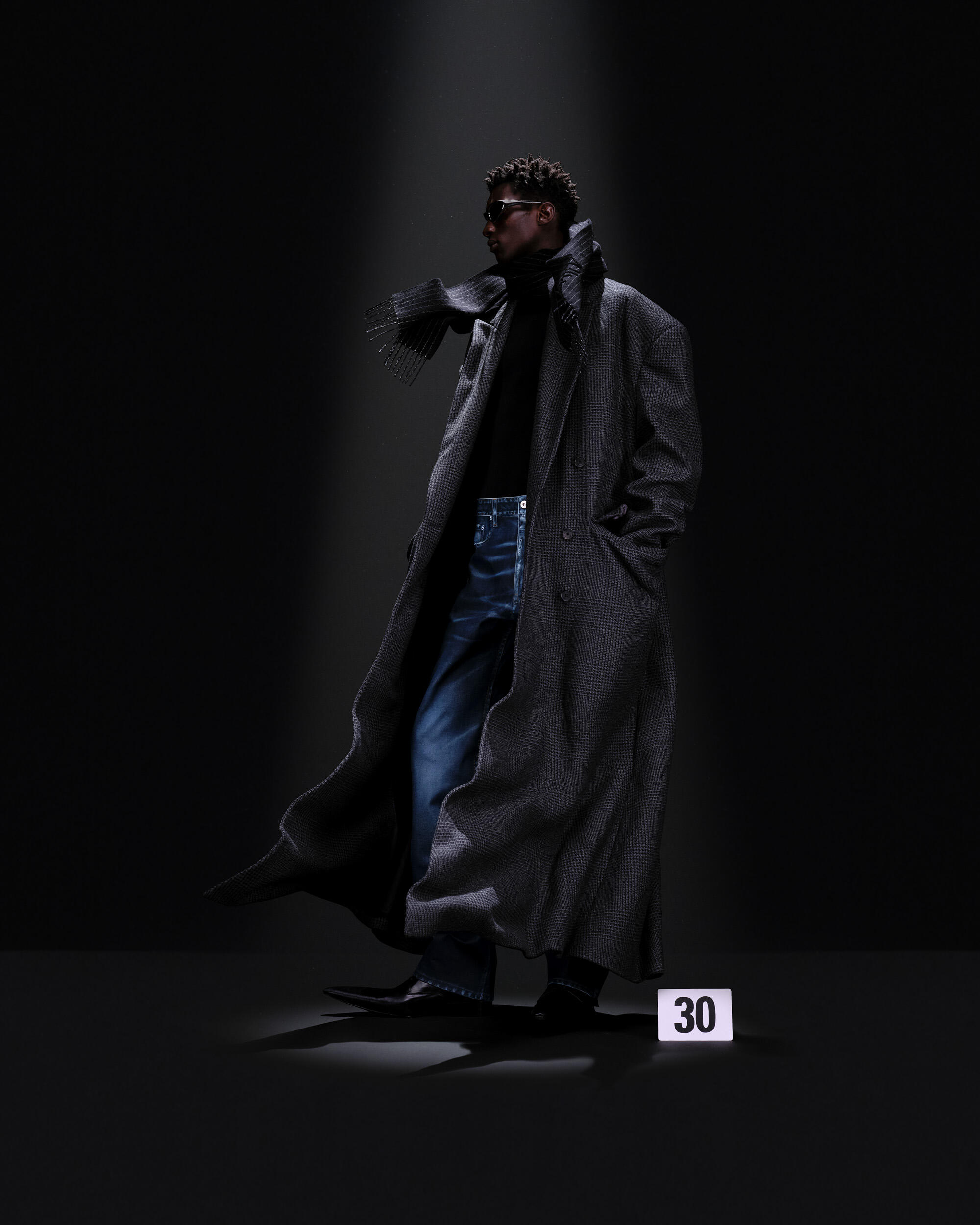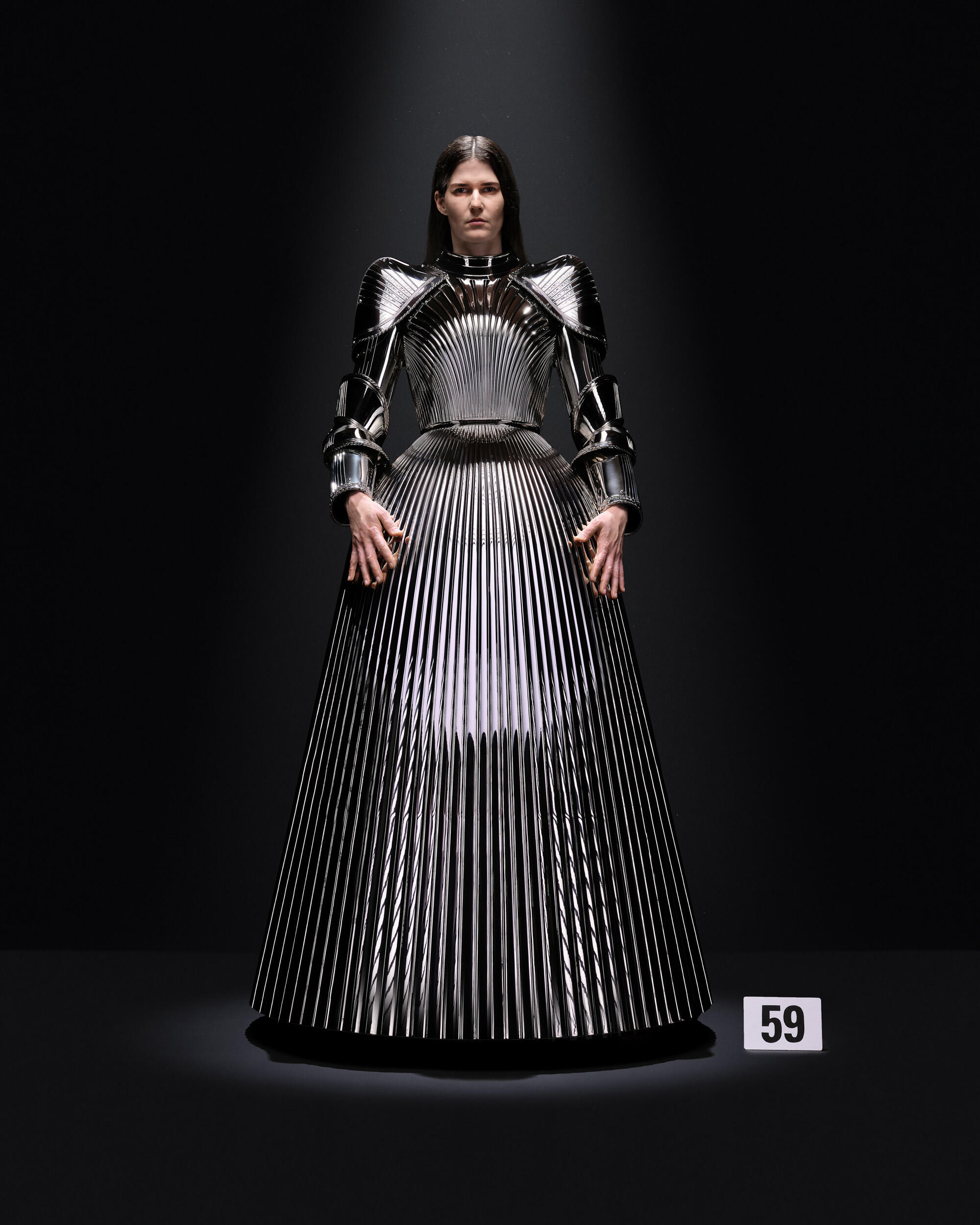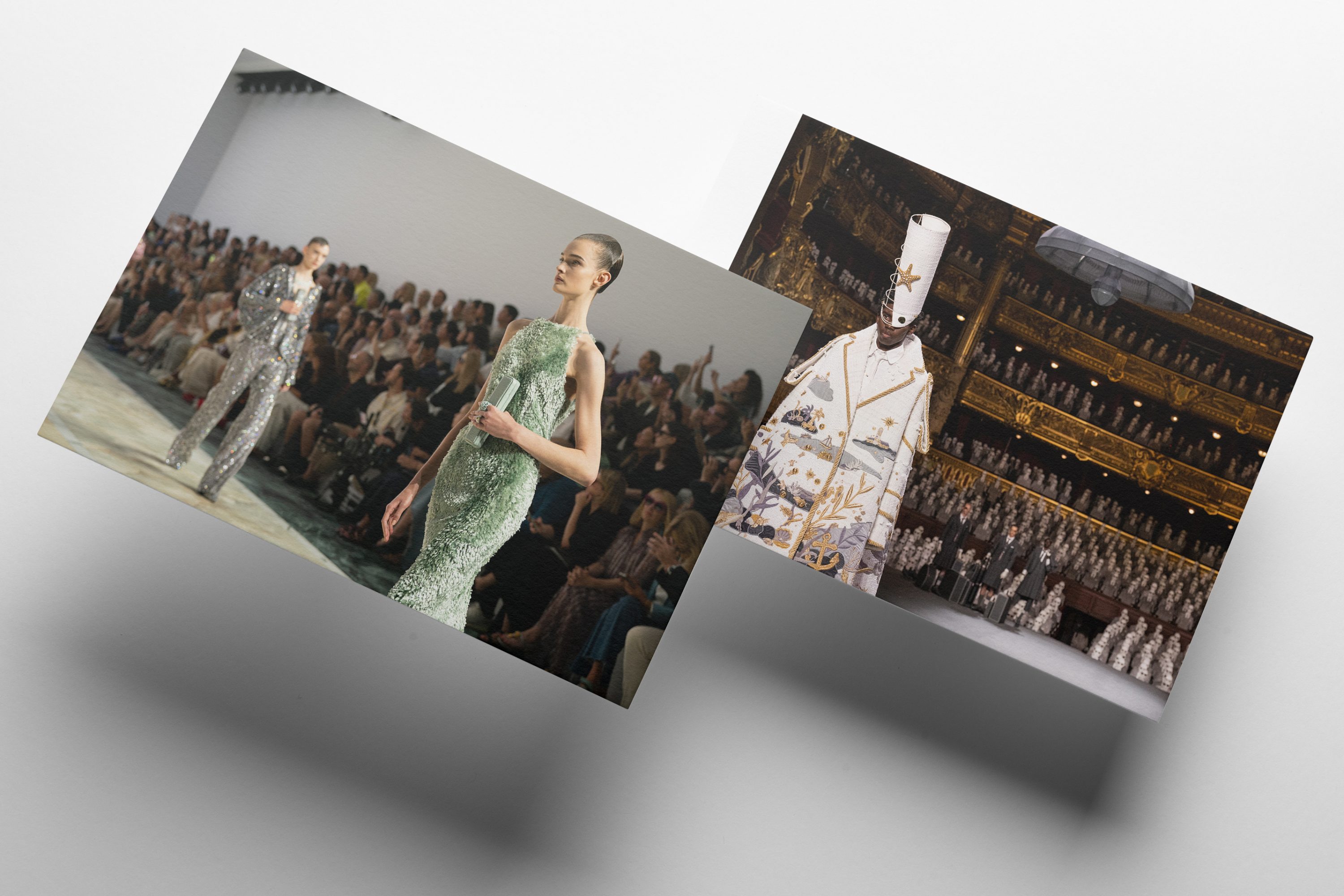Among Classicism and Craft, Glimpses Toward Couture’s Unclear Future
By Mark Wittmer
The Fall 2023 haute couture season has reached its conclusion in Paris after a week of runway shows rife with elegance, magic, and luxury brought to life by the most skilled craftspeople working in fashion today. Sometimes fresh and imaginative, sometimes staid and stuffy, but always spectacular, couture week is when we get to witness the highest level of fashion craft. This season was another feast for the senses as the ateliers showed us what they were made of.
From Thom Browne’s debut couture show to Demna’s contemporary translation of Crístobal Balenciaga’s legacy to Schiaparelli’s highly anticipated multidisciplinary fantasy, the season was rife with thrilling design moments – and lessons on the future of couture.
Index
I. The Celebrity Scene
II. Couture as Brand Equity
III. Jewelry Couture
IV. Classic Vs. Cutting-Edge
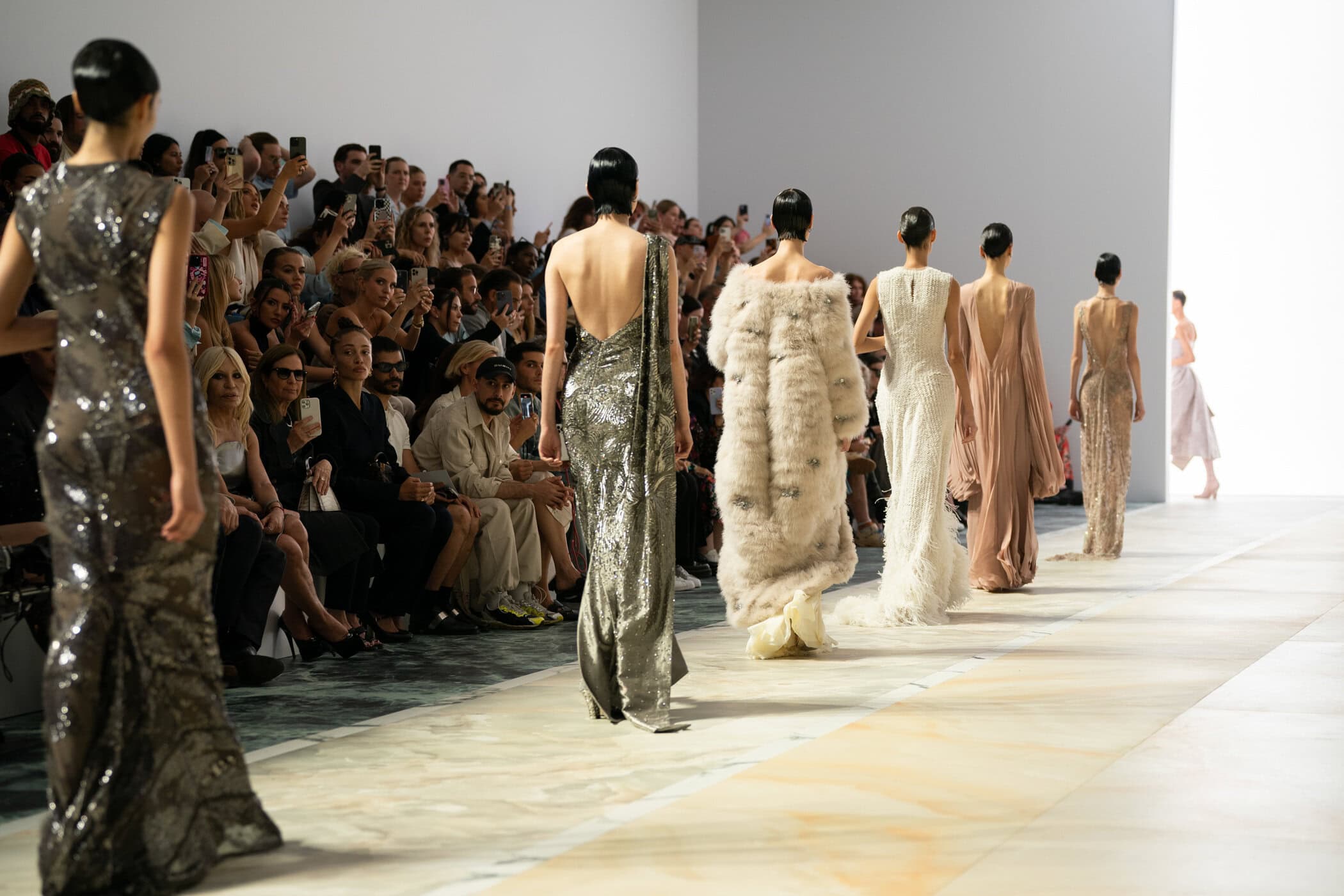
The Celebrity Scene
While in many ways ready-to-wear seems to lend itself more toward front-row chaos and celebrity runway show appearances – primarily in that its greater accessibility means more people connect with it and thus brand ambassadorships have a bigger impact – this couture week was rife with celebrity appearances.
Schiaparelli continues to be the most talked-about event of the couture calendar, and while this is in large part simply due to the astounding and imaginative nature of Daniel Roseberry’s vision for the house, the have also been pumping the gas on celebrity dressing over the past few years; recent big moments include red-carpet outings from Beyoncé, Doja Cat, Lil Nas X, and Bella Hadid.
Though Balenciaga’s recent collections have toned back the gimmicks and spectacle to focus on the clothing itself, this season’s couture show still featured some big names sitting front row, including Cardi B and Michelle Yeoh.
Which brings us to…
Couture as Brand Equity
We are living in a time when couture collections from major fashion houses don’t make money, and instead function more like advertisements – drawing viewers into the world of the brand and directing them to bags, shoes, and fragrance, through which the brand actually makes money. This means that, while of course the impact of the clothing design is still the main event, brands shows in some ways have an even greater task to leverage couture shows into storytelling narratives that express brand identity and value.
With its Seine-side setting and faithful but freshly crafted iterations of brand classics, Chanel’s couture show was a big success in thoroughly diving into what the brand owns: classic Parisian style.
Jean Paul Gaultier’s rotating guest couture designer program is another very smart way to continually make the most of brand heritage while delivering something new each time. Through the distinct lens of each guest designer, JPG’s legacy is continually brought further to life in fresh and contemporary ways.
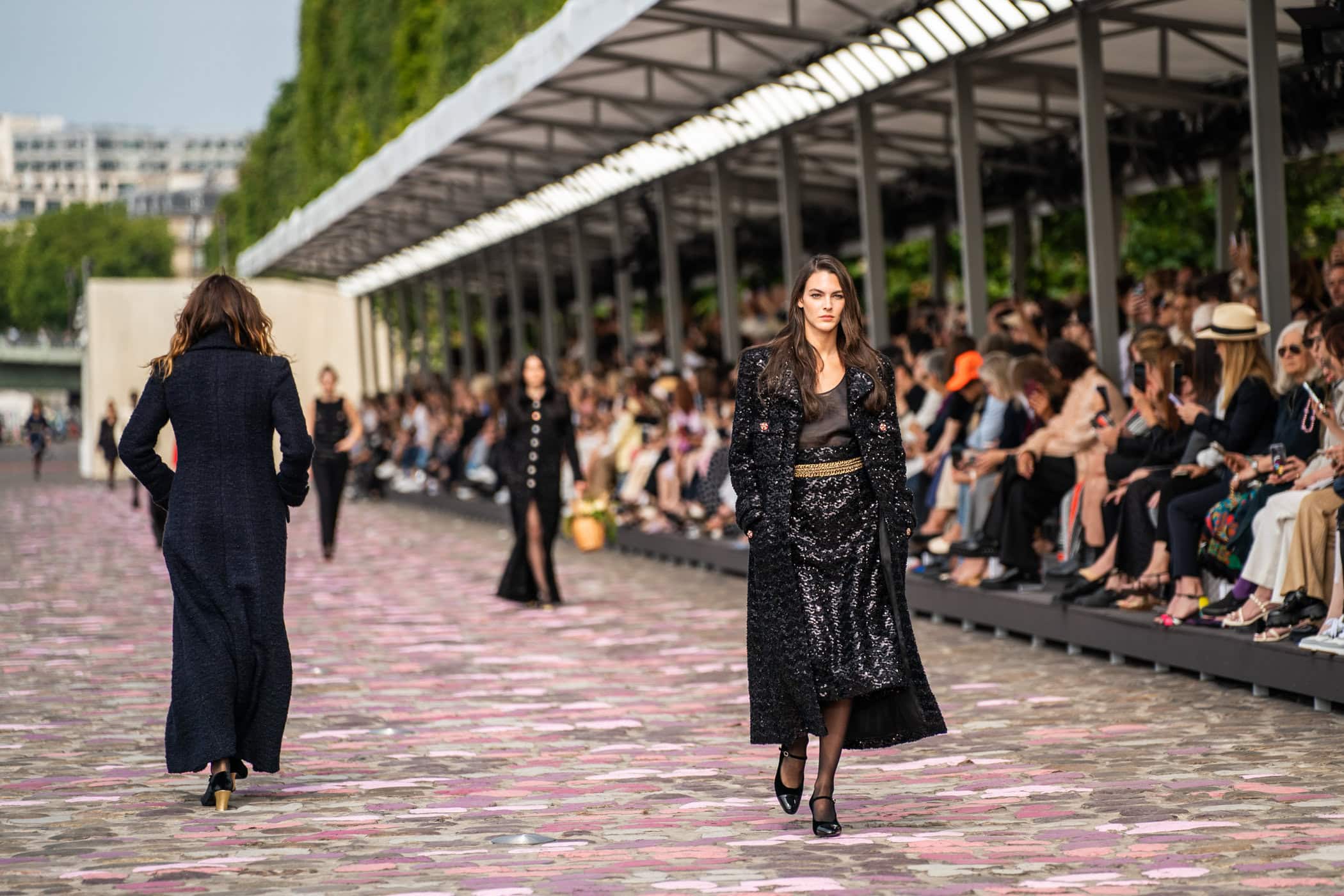
Jewelry Couture
Haute couture and high jewelry have always gone hand in hand, and this season saw a new emphasis on jewelry design as integral to a couture look, especially from some of the bigger fashion houses. Fendi, Balenciaga, and Valentino all had jewelry as central elements of their collections, with Fendi’s longtime jewelry designer Delfina Delettrez Fendi especially stepping into the limelight with her debut high jewelry collection that formed a jumping off point for Kim Jones’ couture design.
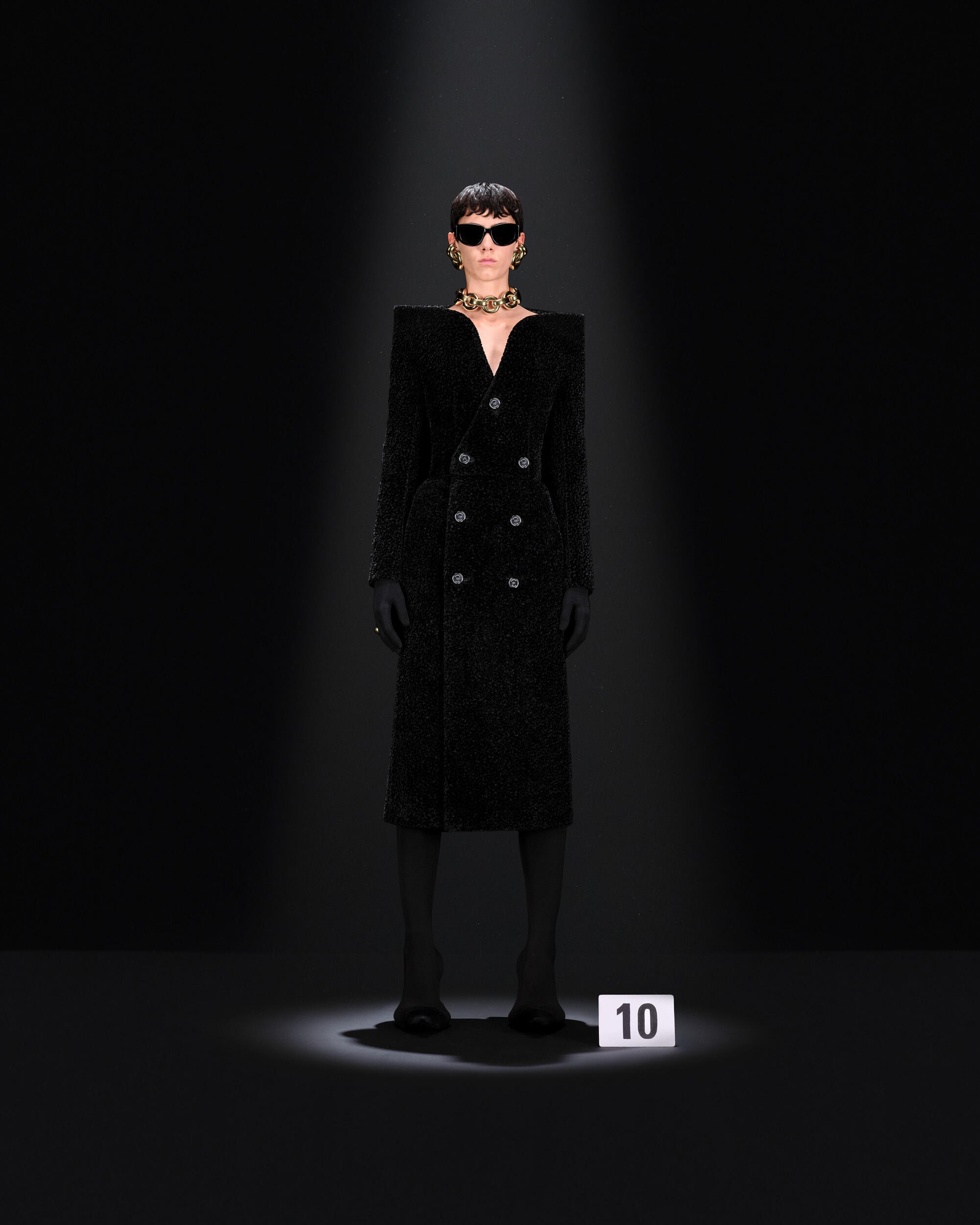
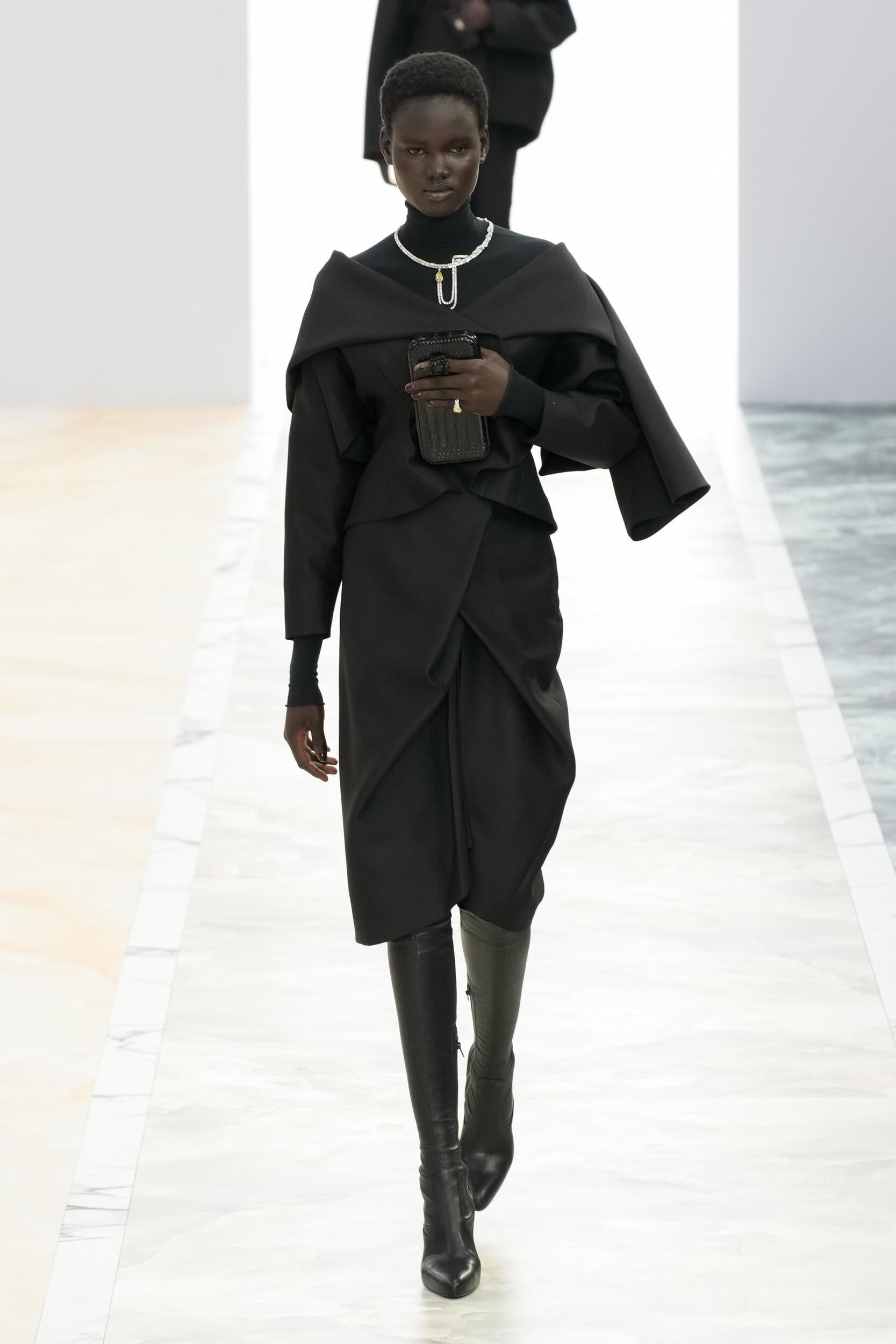
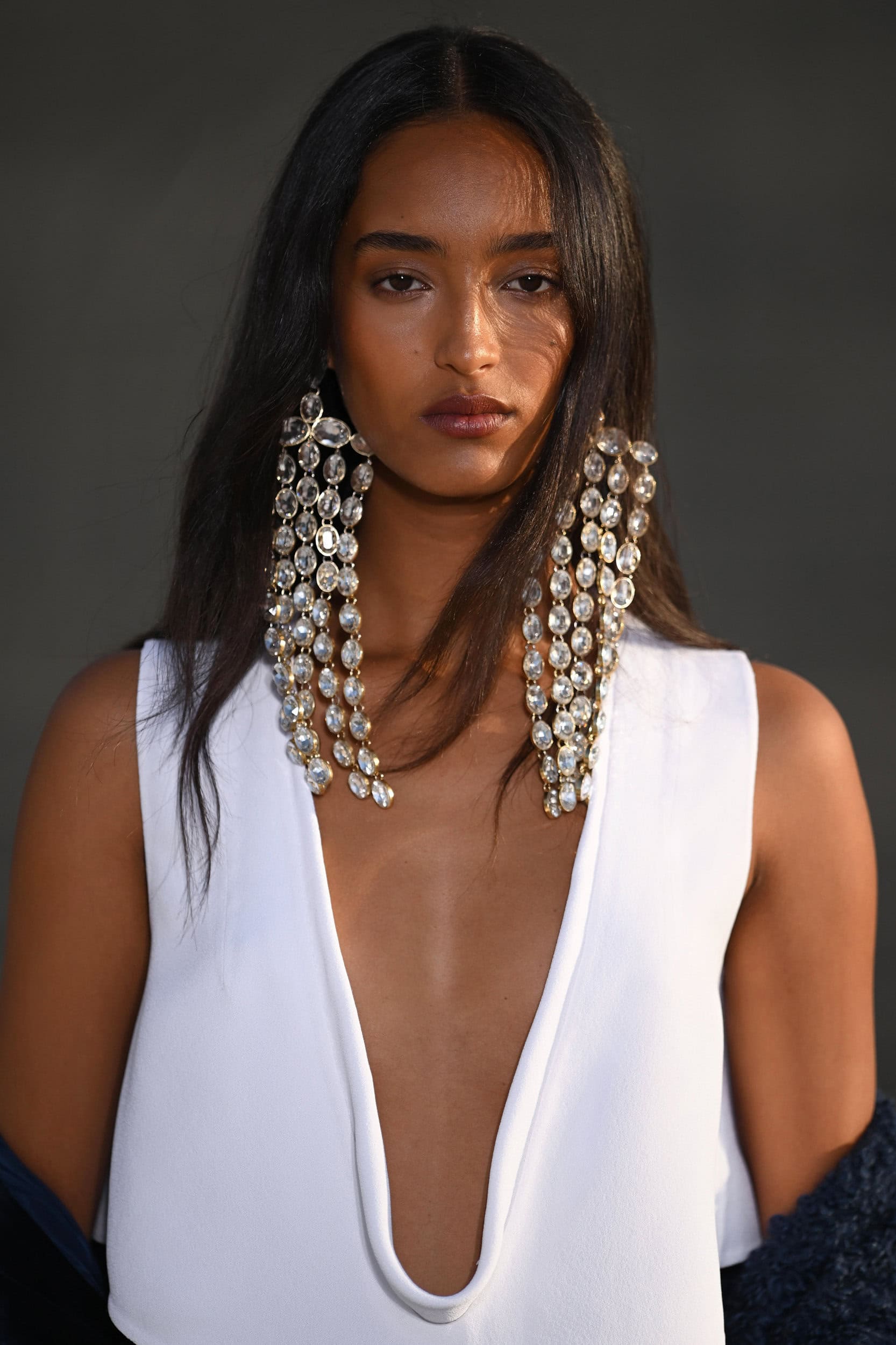
Classic Vs. Cutting-Edge
Haute couture is undeniably one of the biggest statements of exclusivity and elitism out there, and much of the work coming out today is still shaped by traditions of aristocratic power, where wearing painstakingly crafted pieces forms a symbol of how much manpower one can command without having to work oneself.
At the same time, however, some designers are carrying this legacy of highly involved craft techniques into the future, rather than remaining in the past. While it doesn’t get away from couture’s inherent exclusivity, this practice does more fully reflect art’s inherent connection with newness and the now.
Foremost in the conversation on futurism in fashion is Iris van Herpen, who combines cutting-edge technologies with a formal mastery of traditional fabrics and craft in her collections that explore themes at the intersection of biology, humanism, and technology. This season was no different as she drew inspiration from rising sea levels and architectural responses to them.
Similarly, Yuima Nakazato has developed a unique synthesis of classic and cutting-edge by combining looks to traditional Japanese kimono design, contemporary avant-garde visions, and futuristic techniques like his signature biosmocking.
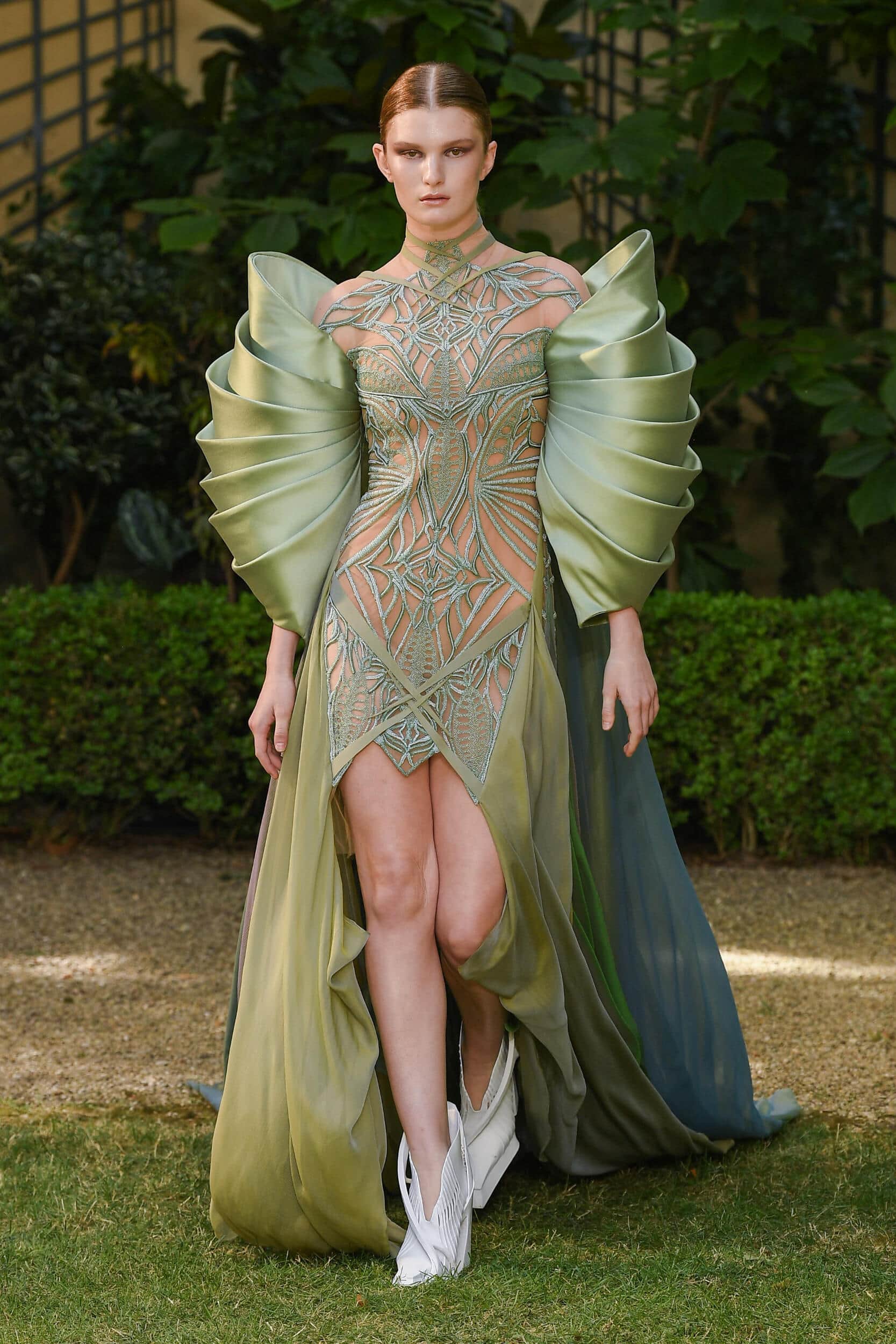
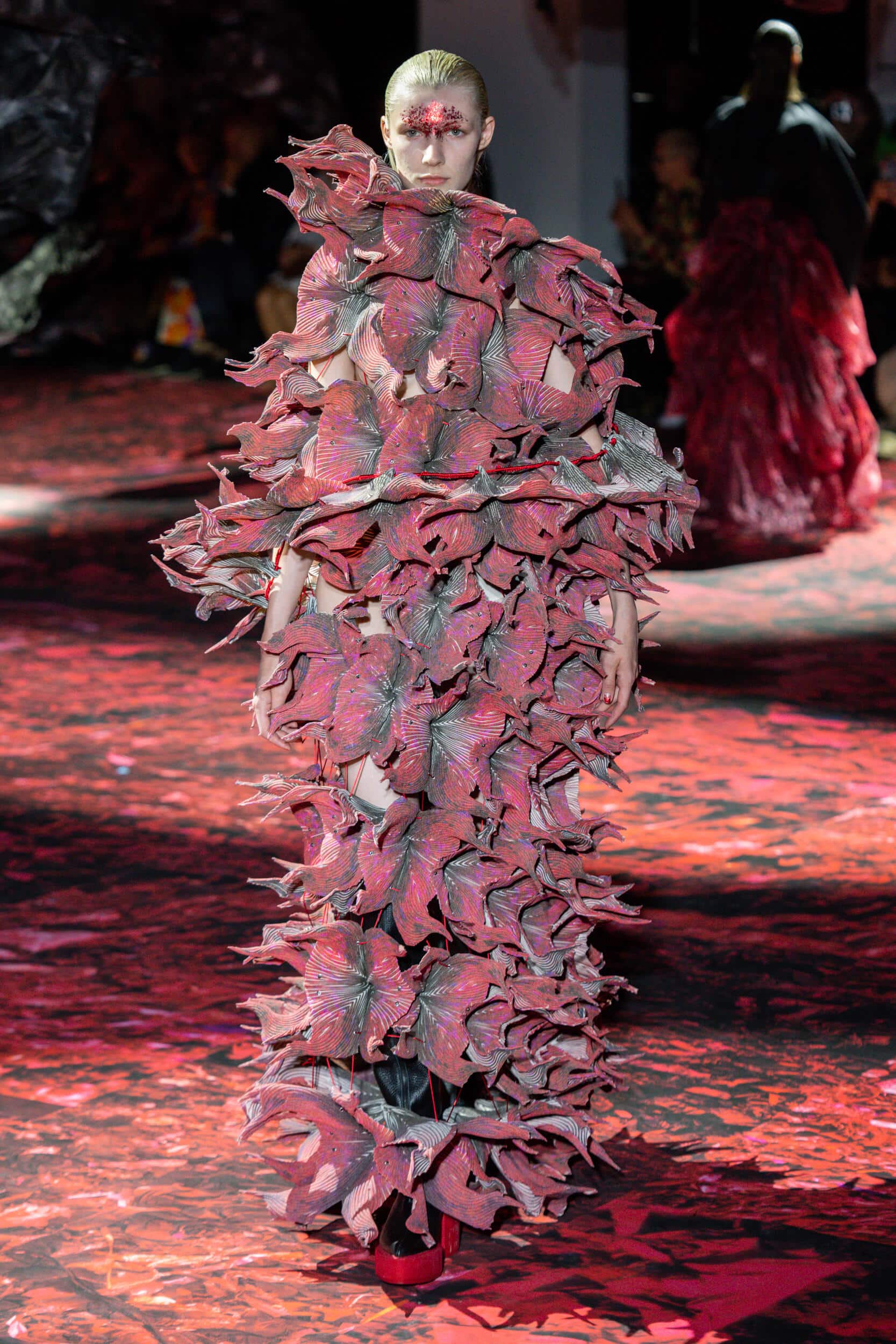
Though at first glance much of Demna’s latest couture collection for Balenciaga may have seemed like a classically minded ode to maestro Crístobal himself, there were in fact quite a few innovative approaches at play alongside the masterful traditional craftsmanship. Take for example the amazing final look combined references to 17th-century Spanish aristocratic dresses (the kind you see in a Velasquez painting) with depictions of Joan of Arc in her suit of armor, but actually achieved the stiff and shining metal appearance by using 3D-printed chromed resin, or the overcoats that feature an innovative knitted material bonded to the inside of the wool that allows the piece to be shaped by hand using heated irons, sculpting the coat as if it is being blown by the wind in a moment frozen in time.
While his garments are created using traditional cut, sew, and craft techniques, Ronald van der Kemp’s commitment to only using unwanted and deadstock fabrics makes him an important voice in the conversation around a more sustainable future.
